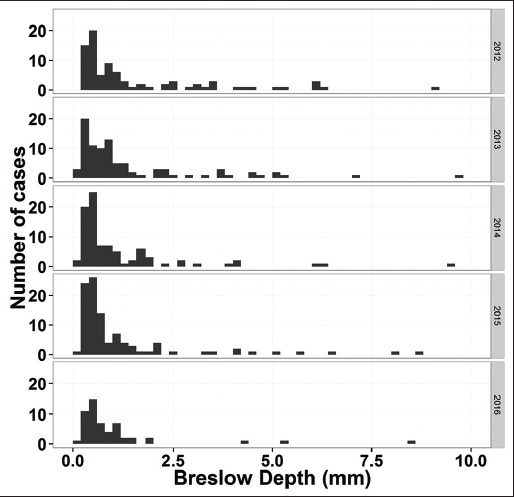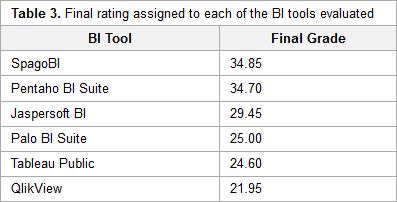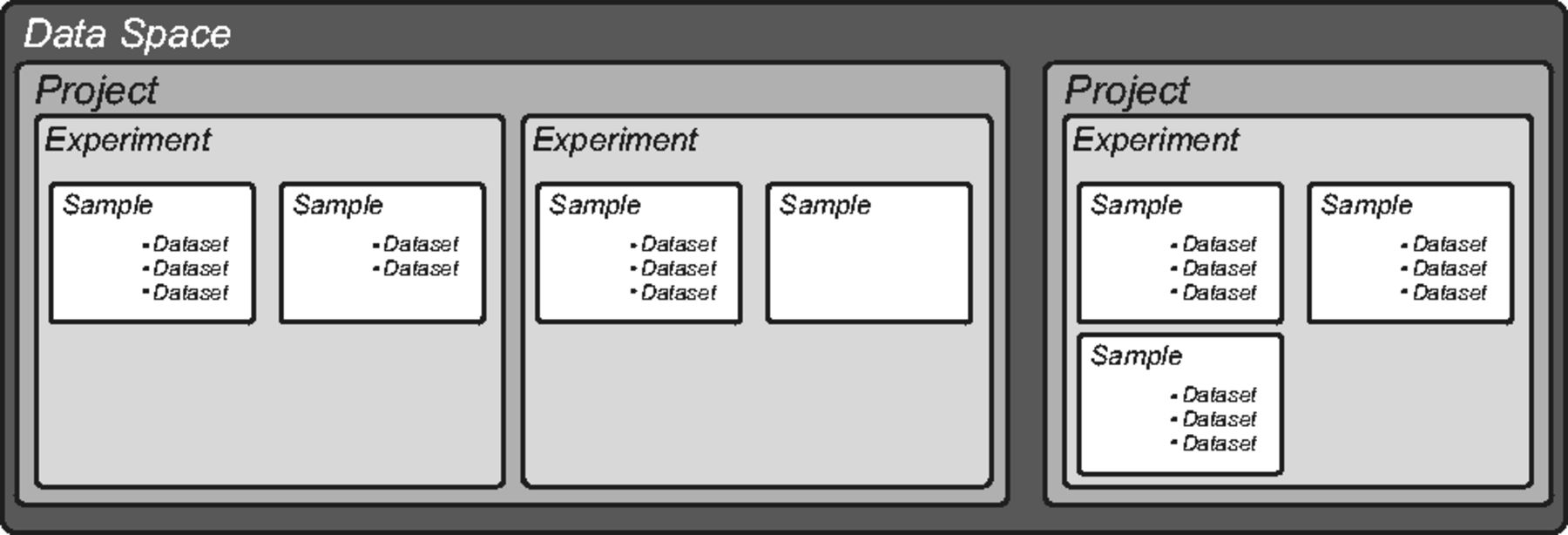Difference between revisions of "Main Page/Featured article of the week/2017"
Shawndouglas (talk | contribs) (Added last week's article of the week.) |
Shawndouglas (talk | contribs) (Added last week's article of the week.) |
||
| Line 17: | Line 17: | ||
<!-- Below this line begin pasting previous news --> | <!-- Below this line begin pasting previous news --> | ||
<h2 style="font-size:105%; font-weight:bold; text-align:left; color:#000; padding:0.2em 0.4em; width:50%;">Featured article of the week: January 16–22:</h2> | <h2 style="font-size:105%; font-weight:bold; text-align:left; color:#000; padding:0.2em 0.4em; width:50%;">Featured article of the week: January 23–29:</h2> | ||
<div style="padding:0.4em 1em 0.3em 1em;"> | |||
<div style="float: left; margin: 0.5em 0.9em 0.4em 0em;">[[File:Fig5 Ye JofPathInformatics2016 7.jpg|240px]]</div> | |||
'''"[[Journal:Pathology report data extraction from relational database using R, with extraction from reports on melanoma of skin as an example|Pathology report data extraction from relational database using R, with extraction from reports on melanoma of skin as an example]]"''' | |||
The olog approach of Spivak and Kent is applied to the practical development of data transfer frameworks, yielding simple rules for construction and assessment of data transfer standards. The simplicity, extensibility and modularity of such descriptions allows discipline experts unfamiliar with complex ontological constructs or toolsets to synthesize multiple pre-existing standards, potentially including a variety of file formats, into a single overarching ontology. These ontologies nevertheless capture all scientifically-relevant prior knowledge, and when expressed in machine-readable form are sufficiently expressive to mediate translation between legacy and modern data formats. A format-independent programming interface informed by this ontology consists of six functions, of which only two handle data. Demonstration software implementing this interface is used to translate between two common diffraction image formats using such an ontology in place of an intermediate format. ('''[[Journal:Pathology report data extraction from relational database using R, with extraction from reports on melanoma of skin as an example|Full article...]]''')<br /> | |||
</div> | |||
|- | |||
|<br /><h2 style="font-size:105%; font-weight:bold; text-align:left; color:#000; padding:0.2em 0.4em; width:50%;">Featured article of the week: January 16–22:</h2> | |||
<div style="padding:0.4em 1em 0.3em 1em;"> | <div style="padding:0.4em 1em 0.3em 1em;"> | ||
<div style="float: left; margin: 0.5em 0.9em 0.4em 0em;">[[File:Fig1 Hester DataSciJourn2016 15.png|240px]]</div> | <div style="float: left; margin: 0.5em 0.9em 0.4em 0em;">[[File:Fig1 Hester DataSciJourn2016 15.png|240px]]</div> | ||
Revision as of 17:24, 30 January 2017
|
|
If you're looking for other "Article of the Week" archives: 2014 - 2015 - 2016 - 2017 |
Featured article of the week archive - 2017
Welcome to the LIMSwiki 2017 archive for the Featured Article of the Week.
Featured article of the week: January 23–29:The olog approach of Spivak and Kent is applied to the practical development of data transfer frameworks, yielding simple rules for construction and assessment of data transfer standards. The simplicity, extensibility and modularity of such descriptions allows discipline experts unfamiliar with complex ontological constructs or toolsets to synthesize multiple pre-existing standards, potentially including a variety of file formats, into a single overarching ontology. These ontologies nevertheless capture all scientifically-relevant prior knowledge, and when expressed in machine-readable form are sufficiently expressive to mediate translation between legacy and modern data formats. A format-independent programming interface informed by this ontology consists of six functions, of which only two handle data. Demonstration software implementing this interface is used to translate between two common diffraction image formats using such an ontology in place of an intermediate format. (Full article...)
|













